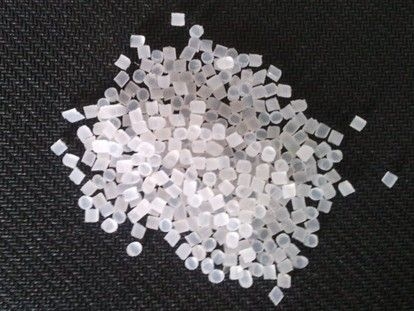Polyvinylidene fluoride (PVDF) is a highly versatile fluoropolymer thermoplastic with excellent chemical, thermal and weathering resistance properties. It was first produced commercially in the late 1950s and it quickly gained popularity for its unique properties compared to other polymers.
Physical and Chemical Properties
PVDF is a non-reactive, highly stable fluorocarbon polymer with a density of about 1.78 g/cm3. It has excellent heat resistance and can operate continuously at temperatures as high as 150°C. PVDF also has very good UV and weather resistance and can withstand exposures to sunlight, rain and pollution for many years without degradation. It is highly resistant to corrosion from chemicals, acids and bases. Some key physical and chemical properties Polyvinylidene Fluoride include high tensile and impact strength, flexibility, low moisture absorption, excellent dielectric properties and piezoelectric behaviour.
Piezoelectricity and Pyroelectricity
A unique property of PVDF is its strong piezoelectric and pyroelectric behaviour due to its non-centrosymmetric crystalline structure. When PVDF is stretched and compressed mechanically, it generates an electric field across it. This piezoelectric effect finds widespread use in applications like ignition systems, sensors, transducers etc. PVDF also displays significant electric polarization and current generation in response to temperature changes, known as the pyroelectric effect. This property enables PVDF to be used as an infrared sensor material.
Gets More Insights on, Polyvinylidene Fluoride



